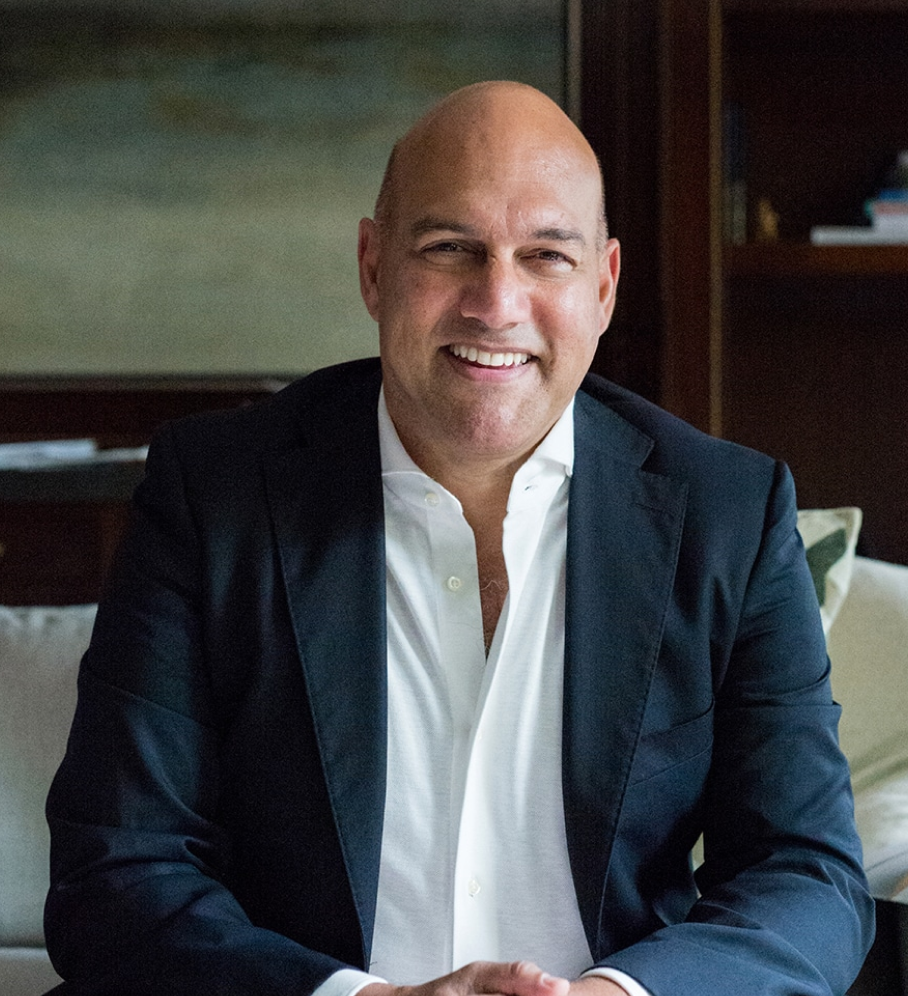Chapter 2 - The Death of the Linear Organization
“As technology brings us a world of abundance, access will triumph over ownership.” —Exponential Organizations, First Edition
Ownership Equals Value
Human beings have always worked to own valuable items and then trade access to them. This behavior started in tribes, was adopted by clans, and then spread to empires, nation-states, and, most recently, global markets, making possible ever-larger human institutions. Value has always been generated by owning more land, more equipment, more machinery, more people. Ownership was the perfect strategy for managing scarce resources and ensuring a relatively predictable, stable environment.
The more you had—that is, the more value you “owned”—the wealthier and more powerful you were. Of course, to manage your assets, you needed people. Lots of them. If a plot of land was twice as big, you needed twice as many people to farm or protect it. Luckily, because our span of control couldn’t reach very far across the landscape, this was a workable arrangement.
Of course, once we reached the critical mass of people needed to manage or protect our owned assets, we created hierarchies. In every tribe or village, there was an implicit or explicit hierarchical order to the power structure. The bigger the tribe, the bigger the hierarchy.
Then, beginning in the Middle Ages but not fully taking hold until the Industrial Revolution and the rise of the modern corporation, that local hierarchical structure was ultimately mapped onto companies and government. That model has, with limited modification, endured ever since.
Join Our ExO Community - Unlock Exponential Growth!
Traditional growth models risk obsolescence. Learn how to become an Exponential Organization (ExO) and drive innovation with disruptive technologies. Sign up now!
Organizations implementing the formula have delivered over
- ⭐ 6.8x high profitability
- ⭐ 40x higher shareholder returns
- ⭐ 11.7x better asset turnover
- ⭐ 2.6x better revenue growth








